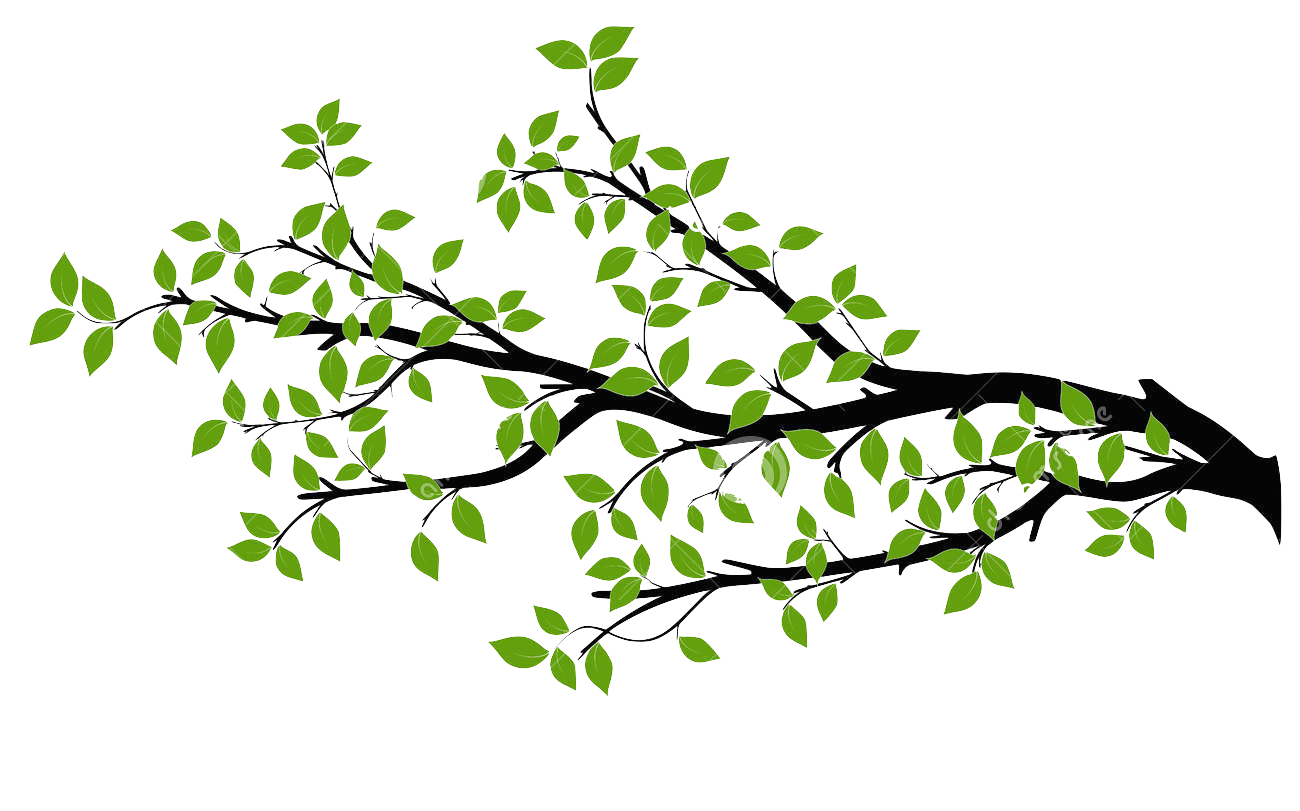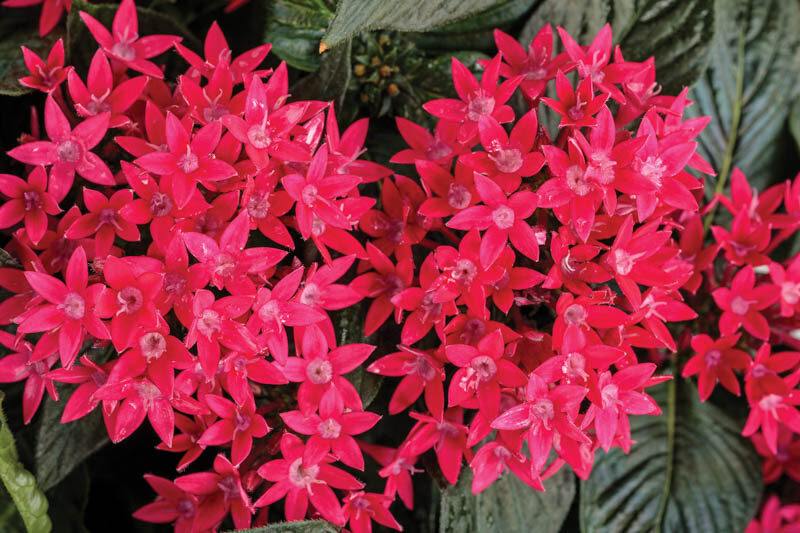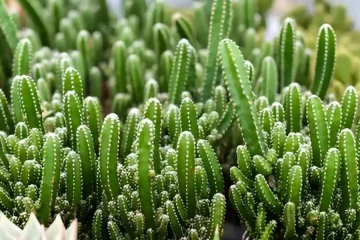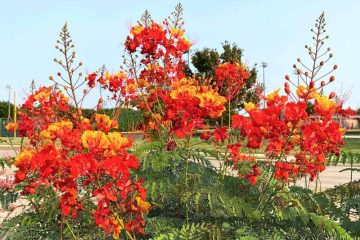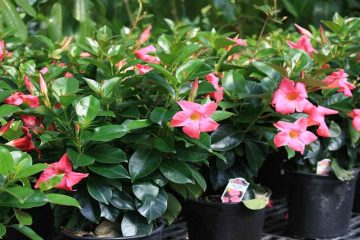The Pentas plant, known scientifically as Pentas lanceolata, is a tropical flowering plant popular for its vibrant, star-shaped blooms just like Monstera Peru. Native to Africa and Madagascar, it thrives in warm climates and is often used in gardens, borders, and containers. Pentas plants attract butterflies and hummingbirds, making them ideal for creating lively outdoor spaces. To grow Pentas, plant them in well-draining soil with full to partial sun exposure. Water regularly but avoid waterlogging. They benefit from occasional fertilization and deadheading to encourage continuous blooming. These resilient plants are relatively low-maintenance and can also be grown indoors with adequate light. Let’s discuss in depth how you can grow and care for Pentas Plant
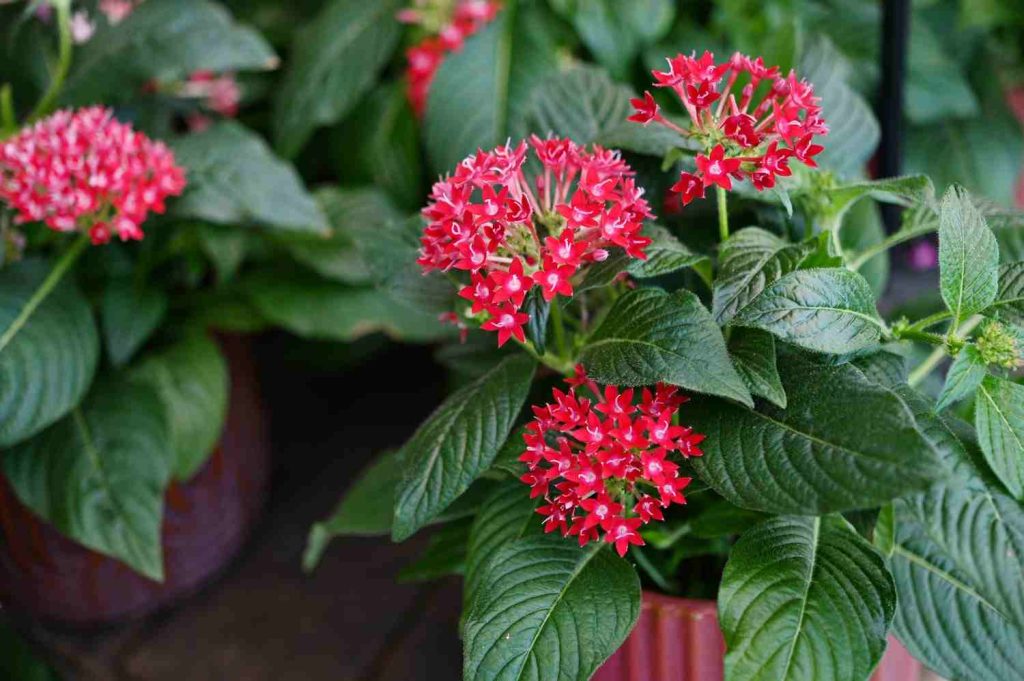
| Attribute | Details |
|---|
| Common Name | Pentas |
| Scientific Name | Pentas lanceolata |
| Origin | Africa and Madagascar |
| Plant Type | Perennial, often grown as an annual in cooler climates |
| Flower Color | Red, pink, white, purple, lavender |
| Blooming Season | Spring to fall |
| Light Requirements | Full sun to partial shade |
| Soil Type | Well-draining soil |
| Watering Needs | Regular watering; keep soil moist but not waterlogged |
| Fertilization | Occasional fertilization during the growing season |
| Height | 1 to 2 feet (30 to 60 cm) |
| Spread | 1 to 2 feet (30 to 60 cm) |
| USDA Hardiness Zones | 10-11 (grown as an annual in cooler zones) |
| Attracts | Butterflies, hummingbirds |
| Maintenance | Low; deadhead spent flowers to encourage new blooms |
| Indoor Growth | Possible with adequate light |
How To Grow Pentas Plants?
Let’s discuss how in detail how you can grow Pentas Plant easily in different weather conditions and situations:
Choosing the Right Location
Select a sunny spot in your garden or patio for your Pentas plant. Pentas thrive in full sun, but they can tolerate partial shade. Ensure the location receives at least 6 hours of direct sunlight daily. This sunlight exposure is crucial for abundant blooming and healthy growth. If you live in a region with intense midday sun, some afternoon shade can prevent the leaves from scorching. When planting indoors, place the Pentas near a south or west-facing window to provide ample light. A grow light can supplement natural light if necessary just like the Fairy Castle cactus as both plants can be grown easily indoors.
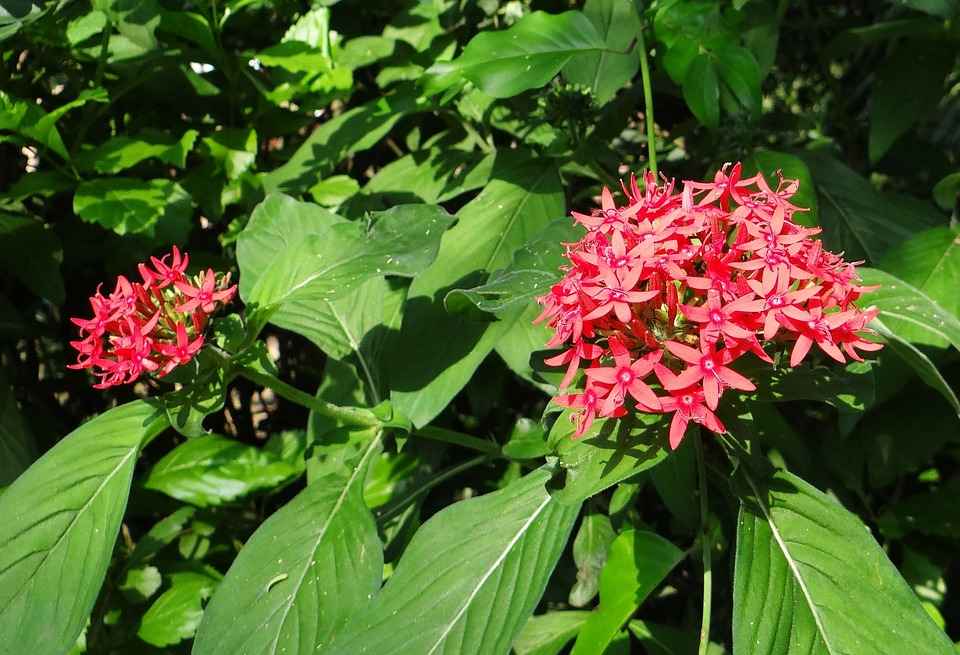
Preparing the Soil
Pentas plants prefer well-draining soil rich in organic matter. Before planting, amend your garden soil with compost or aged manure to improve fertility and drainage. A slightly acidic to neutral pH (6.0 to 7.0) is ideal. Ensure the soil is loose and crumbly to allow the roots to establish easily. If you’re growing pentas in containers, use a high-quality potting mix designed for flowering plants. Good drainage is essential to prevent root rot, so ensure your containers have drainage holes.
Planting Pentas
Plant Pentas in the spring after the last frost has passed. Space the plants about 12 to 18 inches apart to allow for proper air circulation and growth. Dig a hole slightly larger than the root ball, place the plant in the hole, and backfill with soil, gently firming it around the roots. Water thoroughly after planting to help settle the soil. If planting in containers, choose a pot with a diameter of at least 10 inches to accommodate the plant’s growth.
Watering Requirements
Pentas plants require regular watering to keep the soil consistently moist but not waterlogged. Water deeply once or twice a week, depending on the weather and soil conditions. During hot, dry periods, you may need to water more frequently. Water at the base of the plant to avoid wetting the foliage, which can lead to fungal diseases. Allow the top inch of soil to dry out between watering to prevent overwatering and root rot.
Fertilizing Pentas
Feed your Pentas plants with a balanced, water-soluble fertilizer every 4 to 6 weeks during the growing season. This regular feeding will promote vigorous growth and abundant blooms. Choose a fertilizer with an N-P-K ratio of 10-10-10 or 20-20-20. Follow the manufacturer’s instructions for dilution and application rates. Avoid over-fertilizing, as this can lead to excessive foliage growth at the expense of flowers.
Pruning and Deadheading
Regularly deadhead spent flowers to encourage continuous blooming and prevent the plant from going to seed. Use clean, sharp scissors or pruning shears to snip off the faded flowers just above a set of leaves. This practice keeps the plant looking tidy and promotes new flower buds. In late winter or early spring, prune back any leggy or overgrown stems to maintain a compact, bushy shape.
Pests and Diseases
Pentas plants are relatively pest-resistant but can occasionally be affected by aphids, spider mites, and whiteflies. Inspect your plants regularly and treat infestations with insecticidal soap or neem oil. Ensure proper air circulation around the plants to reduce the risk of fungal diseases like powdery mildew and leaf spot. Avoid overhead watering and remove any infected plant material promptly.
Overwintering Pentas
In cooler climates, Pentas plants can be treated as annuals or brought indoors for the winter. Before the first frost, dig up the plants and pot them in containers. Place them in a bright, sunny location indoors and reduce watering to keep the soil just barely moist. In spring, gradually reintroduce the plants to outdoor conditions by placing them outside during the day and bringing them in at night for a week or two.
Growing Pentas Indoors
To grow Pentas indoors, choose a location with bright, indirect light or use a grow light. Keep the indoor temperature between 60-75°F (15-24°C). Water the plant when the top inch of soil feels dry and fertilize monthly with a balanced houseplant fertilizer. Ensure good air circulation to prevent fungal issues and regularly check for pests. With proper care, Pentas can thrive and bloom indoors year-round.
How to do Pentas Plant Care?
Following are the necessary caring steps that you need to take if you want your Pentas plant to last long:
Light Requirements
Pentas plants thrive in full sun but can tolerate partial shade. Ensure they receive at least 6 hours of direct sunlight daily for optimal blooming. In extremely hot climates, some afternoon shade can prevent leaf scorch. For indoor growth, place the plant near a south or west-facing window. If natural light is insufficient, supplement with a grow light to mimic the sun’s intensity.
Soil Preparation
Pentas prefer well-draining soil rich in organic matter. Amend garden soil with compost or aged manure to improve its fertility and texture. Aim for a slightly acidic to neutral pH, ideally between 6.0 and 7.0. For container planting, use a high-quality potting mix designed for flowering plants. Ensure good drainage by using pots with drainage holes to prevent root rot.
Watering
Keep the soil consistently moist but not waterlogged. Water deeply once or twice a week, adjusting frequency based on weather conditions. During hot, dry periods, more frequent watering may be necessary. Water at the base of the plant to keep the foliage dry and reduce the risk of fungal diseases. Allow the top inch of soil to dry out between waterings to prevent overwatering.
Fertilization
Feed Pentas with a balanced, water-soluble fertilizer every 4 to 6 weeks during the growing season. Use a fertilizer with an N-P-K ratio of 10-10-10 or 20-20-20. Follow the manufacturer’s instructions for application rates. Over-fertilizing can lead to excessive foliage growth and fewer flowers, so be mindful of the recommended dosage.
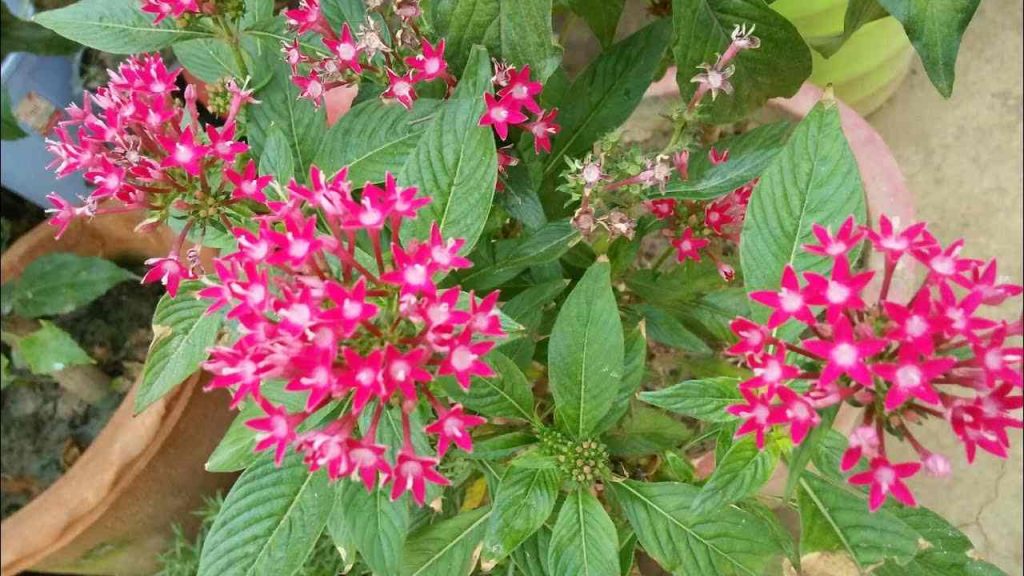
Pruning and Deadheading
Regularly deadhead spent flowers to encourage continuous blooming. Use clean, sharp scissors or pruning shears to snip off the faded blooms just above a set of leaves. This practice keeps the plant tidy and promotes the growth of new flower buds. Prune back any leggy or overgrown stems in late winter or early spring to maintain a compact, bushy shape.
Pest and Disease Control
Pentas are generally pest-resistant but can occasionally be affected by aphids, spider mites, and whiteflies. Regularly inspect your plants and treat infestations with insecticidal soap or neem oil. Ensure proper air circulation around the plants to minimize the risk of fungal diseases like powdery mildew and leaf spot. Avoid overhead watering and remove any infected plant material promptly.
Overwintering
In cooler climates, Pentas can be treated as annuals or brought indoors for the winter. Before the first frost, dig up the plants and pot them in containers. Place them in a bright, sunny location indoors and reduce watering to keep the soil just barely moist. In spring, gradually reintroduce the plants to outdoor conditions by placing them outside during the day and bringing them in at night for a week or two.
Indoor Care
To grow Pentas indoors, choose a location with bright, indirect light or use a grow light. Maintain an indoor temperature between 60-75°F (15-24°C). Water the plant when the top inch of soil feels dry, and fertilize monthly with a balanced houseplant fertilizer. Ensure good air circulation to prevent fungal issues and regularly check for pests. With proper care, Pentas can thrive and bloom indoors year-round.
Propagation
Pentas can be propagated by seeds or cuttings. Start seeds indoors 8-10 weeks before the last frost date, sowing them in a seed-starting mix and keeping the soil moist. For cuttings, take a 4-6 inch section of a healthy, non-flowering stem, dip it in rooting hormone, and plant it in a pot with moist, well-draining potting mix. Cover the pot with a plastic bag to maintain humidity and place it in bright, indirect light. Roots should develop within a few weeks.
Seasonal Care
Throughout the growing season, monitor your Pentas for any signs of stress or disease. In the spring, apply a layer of mulch around the plants to retain moisture and suppress weeds. During summer, ensure consistent watering, especially during dry spells. In the fall, cut back any leggy growth and remove fallen leaves or debris to prevent fungal diseases. In regions with mild winters, mulching can protect the roots and help the plant survive until the next growing season.
How to Propagate Pentas Plant?
The following are complete methods to propagate Pentas Plant easily anywhere:
Seed Propagation
1. Starting Seeds Indoors
- Timing: Begin sowing pentas seeds indoors 8-10 weeks before the last expected frost date in your area.
- Containers: Use seed trays or small pots filled with a seed-starting mix. Ensure the mix is sterile and well-draining.
- Sowing Seeds: Scatter the seeds on the surface of the soil and press them gently without covering them, as pentas seeds require light to germinate.
- Watering: Mist the soil lightly to moisten it without causing waterlogging. Cover the trays or pots with a plastic dome or plastic wrap to maintain humidity.
- Light: Place the seed trays in a bright location with indirect light or under grow lights. Seeds need about 14-16 hours of light per day.
- Temperature: Maintain a consistent temperature of 70-75°F (21-24°C) for optimal germination.
- Germination: Seeds should germinate in 2-3 weeks. Once seedlings emerge, remove the plastic cover and ensure they receive plenty of light.
2. Transplanting Seedlings
- Thinning: When seedlings have a couple of true leaves, thin them out to avoid overcrowding. Keep the strongest seedlings.
- Hardening Off: About a week before transplanting outdoors, gradually acclimate the seedlings to outdoor conditions by placing them outside for a few hours each day, increasing the time gradually.
- Transplanting: After the last frost, transplant seedlings into the garden or containers. Space them 12-18 inches apart in well-draining soil and full sun.
Cutting Propagation
1. Preparing Cuttings
- Selecting Cuttings: Choose healthy, non-flowering stems about 4-6 inches long. Make sure the stems are free from disease and pests.
- Cutting the Stem: Use a clean, sharp knife or pruning shears to cut just below a leaf node. Remove the lower leaves to expose the nodes where roots will form.
- Rooting Hormone: Dip the cut end of the stem in rooting hormone to encourage faster root development, though this step is optional.
2. Planting Cuttings
- Containers: Fill small pots with a well-draining potting mix or a mix of equal parts perlite and peat moss.
- Inserting Cuttings: Make a hole in the soil with a pencil or your finger and insert the cutting. Firm the soil around the base to hold the cutting in place.
- Watering: Water the cuttings lightly to settle the soil around them.
- Humidity: Cover the pot with a plastic bag or a plastic dome to create a humid environment, which aids in root formation.
- Light and Temperature: Place the pot in bright, indirect light. Maintain a temperature of 70-75°F (21-24°C).
3. Root Development
- Monitoring: Check the cuttings regularly for signs of new growth and ensure the soil remains moist but not soggy.
- Rooting Time: Roots should develop within 3-4 weeks. Gently tug on the cutting; if you feel resistance, roots have formed.
- Transplanting: Once the cuttings have established roots, transplant them into larger pots or directly into the garden. Ensure they are placed in well-draining soil and receive adequate sunlight.
Tips for Successful Propagation
- Sterilization: Always use sterilized tools and containers to prevent the spread of diseases.
- Humidity and Moisture: Maintaining high humidity and consistent soil moisture is crucial for successful rooting.
- Patience: Be patient during the propagation process, as it may take several weeks for seeds to germinate and cuttings to root.
By following these detailed steps, you can effectively propagate Pentas plants from seeds or cuttings, ensuring a thriving garden full of these vibrant, butterfly-attracting blooms.
Common Pests and Diseases of Pentas Plants
If you won’t take care of your Pentas Plant, it may get diseases and pests. Following are some common pests and diseases of Pentas plants that you must know:
Pests
1. Aphids
- Description: Small, soft-bodied insects that can be green, black, or brown.
- Symptoms: Curling leaves, sticky honeydew residue, and sooty mold growth.
- Control: Use insecticidal soap, neem oil, or introduce natural predators like ladybugs. Regularly spray plants with a strong jet of water to dislodge aphids.
2. Spider Mites
- Description: Tiny, spider-like pests that are often red or yellow.
- Symptoms: Yellow or bronze stippling on leaves, fine webbing on the underside of leaves.
- Control: Increase humidity around the plant, use insecticidal soap or neem oil, and introduce predatory mites.
3. Whiteflies
- Description: Small, white, winged insects that congregate on the underside of leaves.
- Symptoms: Yellowing leaves, honeydew residue, and sooty mold growth.
- Control: Use yellow sticky traps, insecticidal soap, or neem oil. Introduce natural predators like Encarsia formosa.
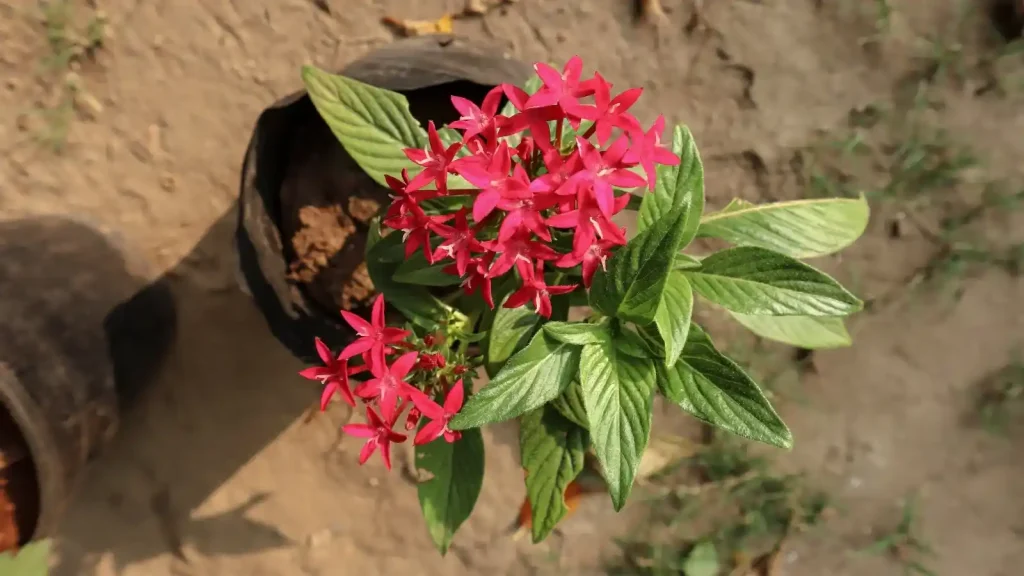
4. Mealybugs
- Description: Small, white, cotton-like insects.
- Symptoms: White, cottony masses on leaves and stems, yellowing leaves, and stunted growth.
- Control: Wipe off mealybugs with a cotton swab dipped in alcohol, use insecticidal soap, and introduce natural predators like ladybugs.
5. Thrips
- Description: Tiny, slender insects that can be black, brown, or yellow.
- Symptoms: Silver streaks on leaves, deformed flowers, and black fecal spots.
- Control: Use blue sticky traps, insecticidal soap, or neem oil. Remove and destroy heavily infested plant parts.
Diseases
1. Powdery Mildew
- Description: Fungal disease characterized by a white, powdery growth on leaves and stems.
- Symptoms: White, powdery spots on leaves, which can cause yellowing and leaf drop.
- Control: Improve air circulation, avoid overhead watering, and use fungicides if necessary. Remove and destroy infected leaves.
2. Root Rot
- Description: Fungal disease caused by overwatering and poor drainage.
- Symptoms: Wilting, yellowing leaves, and a rotting smell from the soil. Roots appear brown and mushy.
- Control: Ensure proper drainage, avoid overwatering, and use a well-draining soil mix. Remove and destroy affected plants and treat the soil with a fungicide.
3. Leaf Spot
- Description: Fungal or bacterial disease causing spots on leaves.
- Symptoms: Brown, black, or yellow spots on leaves, which may have a halo.
- Control: Remove and destroy affected leaves, improve air circulation, and avoid overhead watering. Use appropriate fungicides or bactericides.
4. Botrytis Blight (Gray Mold)
- Description: Fungal disease that affects flowers, leaves, and stems.
- Symptoms: Gray, fuzzy mold on flowers and leaves, leading to rotting.
- Control: Improve air circulation, avoid overhead watering, and remove affected plant parts. Use fungicides as needed.
5. Downy Mildew
- Description: Fungal disease that thrives in cool, moist conditions.
- Symptoms: Yellow or white patches on the upper leaf surface, with a downy growth on the underside.
- Control: Improve air circulation, avoid overhead watering, and use fungicides. Remove and destroy infected plant parts.
Preventive Measures
- Proper Watering: Water at the base of the plant to keep foliage dry. Ensure the soil is well-draining to prevent root rot.
- Good Air Circulation: Space plants appropriately and prune regularly to allow for good airflow.
- Regular Inspection: Check plants regularly for early signs of pests or diseases and take immediate action if any are found.
- Sanitation: Remove and dispose of any diseased plant material to prevent the spread of pathogens.
- Healthy Soil: Use well-draining soil and amend with organic matter to promote healthy root growth.
